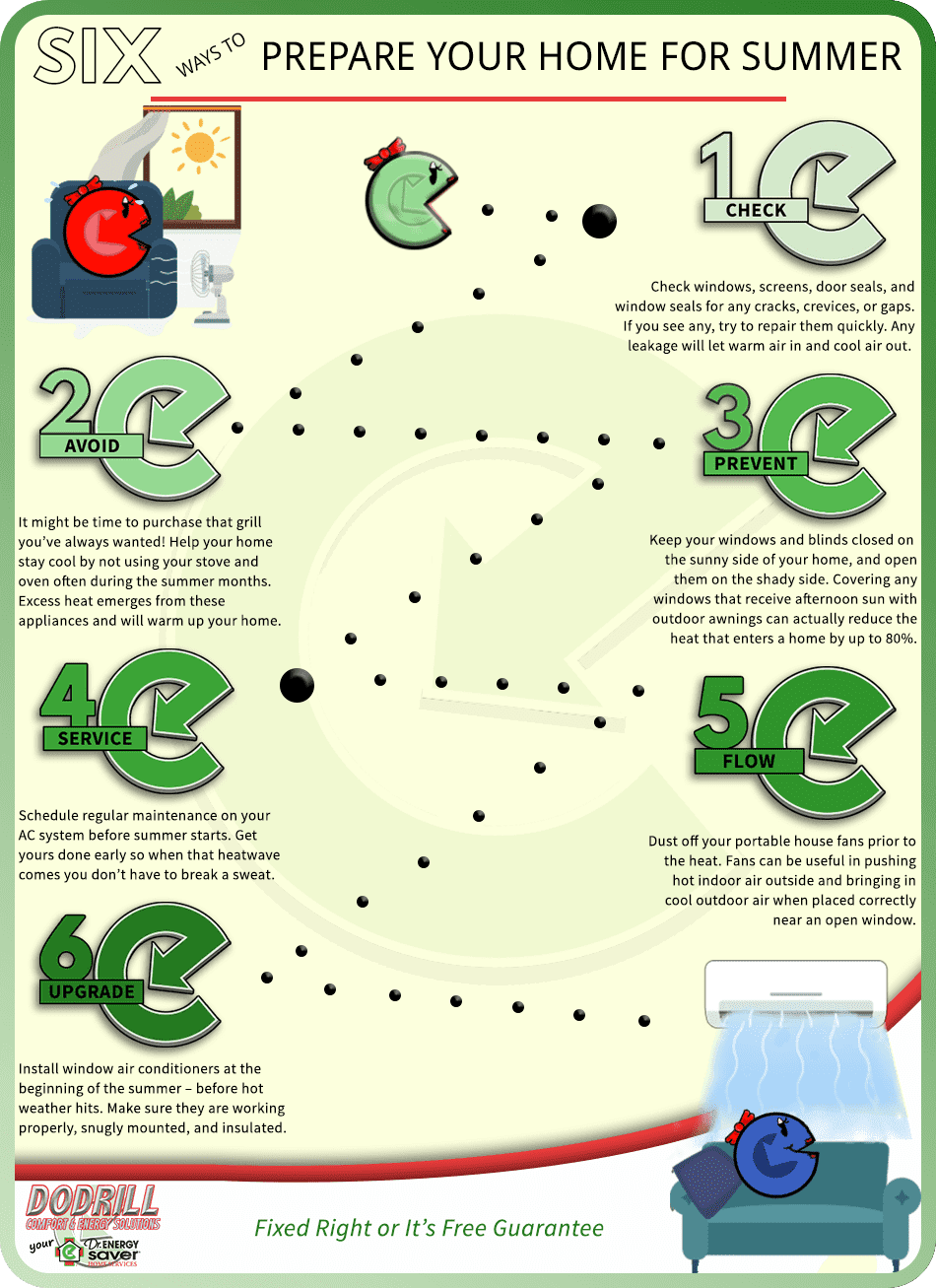Master The Essential Stress Washing Approaches Matched For Various Surface Area Kinds To Understand Remarkable Outcomes-- Explore The Techniques That Lead To An Impressive Finish
Master The Essential Stress Washing Approaches Matched For Various Surface Area Kinds To Understand Remarkable Outcomes-- Explore The Techniques That Lead To An Impressive Finish
Blog Article
Web Content Written By-Stone Puckett
When it pertains to press cleaning, the method you pick can make all the distinction in accomplishing a clean, streak-free surface. You could locate that hard surface areas, like concrete, call for a different strategy than softer products, such as wood or plastic. It's important to adjust your approaches to the surface area kind to stop damages while taking full advantage of cleansing efficiency. So, what are pressure washing driveway cost per square foot for each surface area, and how can you ensure you're making use of the right settings and tools for the work? Allow's discover what you need to know to obtain the most effective results.
Difficult Surface areas
When it involves pressure cleaning hard surfaces, prep work is vital. Before you also consider taking out the pressure washer, make the effort to remove the location of any particles, furniture, or barriers. You do not want anything getting in your means or possibly destructive your tools.
Next, evaluate the surface area for any splits or damages; this will certainly assist you establish the right strategy and stress settings.
Once you've prepared the area, it's important to pick the appropriate nozzle. For hard surfaces like concrete or block, a narrow nozzle (15 or 25 degrees) works best to give a concentrated stream of water that can properly remove gunk and stains. Constantly begin at a distance and gradually move closer to stay clear of any type of surface area damages.
As you begin washing, keep the wand moving to protect against touches and over-saturation. It's also valuable to function from the top down, permitting dust and debris to remove naturally.
Ultimately, remember to wash the surface extensively after cleaning up to remove any kind of leftover cleaning agent. With these methods, you'll achieve a clean and rejuvenated appearance on all your hard surface areas.
Soft Surfaces
Stress washing soft surface areas requires a gentler technique to protect them from damage. Whether you're cleansing your deck, outdoor patio furniture, or home siding, utilizing way too much pressure can cause dents, scrapes, and even permanent injury.
Start by picking a low-pressure nozzle, preferably a 25-degree or larger spray pattern, to spread the water more delicately.
Prior to you begin, it's crucial to pre-treat any kind of stains with a suitable cleansing remedy. This step allows the cleaner to penetrate the dust and crud, making it easier to wash away without rubbing also hard.
Always apply the option from the bottom approximately prevent streaking.
When you begin pressure cleaning, keep a range of at least 12 to 18 inches from the surface. Move your wand in a sweeping activity, maintaining it alongside the surface area to prevent focused pressure on one spot.
Wash the location thoroughly after cleansing to get rid of any recurring cleanser.
Finally, examine the surface area for any kind of missed places and duplicate the procedure if needed. By complying with these steps, you can efficiently clean soft surface areas while preserving their honesty and appearance.
Specialized Surfaces
Cleaning soft surfaces needs treatment, but specialty surfaces demand even more interest to detail. When you take on these surface areas, like delicate wood, tarnished concrete, or certain sorts of siding, making use of the right stress washing techniques is crucial to stay clear of damage.
First, assess the product. For example, treated wood can commonly hold up against modest pressure, yet softer timbers like cedar may require a lower setup. Always start with the lowest stress and progressively enhance if essential.
For stained concrete, make use of a fan spray nozzle and maintain a constant range to avoid etching the surface area.
When taking care of surfaces like plastic home siding or painted surface areas, a vast spray pattern aids distribute the stress evenly, shielding the finish.
It's also a good idea to use cleaning agents particularly developed for specialty surfaces. They can enhance cleansing without jeopardizing the product.
Rinse thoroughly after washing to eliminate any deposit, as it can result in staining or wear and tear over time.
Final thought
Finally, understanding stress washing strategies for different surface areas can make all the difference in your cleaning results. For hard surfaces, stay with slim nozzles and a top-to-bottom technique, while soft surfaces need a gentler touch with bigger nozzles. Don't fail to remember to pre-treat stains and rinse thoroughly to stay clear of residue. By adjusting your methods per material, you'll not just achieve a cleaner coating but likewise shield the honesty of your surface areas. Happy cleaning!
